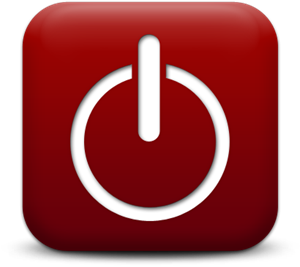
With Sleep and Hibernation Modes, the speed of reawakening often depends on what you had open at the time you put the system into Sleep or Hibernation. Shutdown is exactly that - powering down the computer fully. Sleep and Hibernate Modes are both settings aimed at keeping your sessions active while you are away from your desk, with Hibernation being a deeper version of Sleep.
HIBERNATE VS SLEEP COMPUTER FULL
Why?Ī: Most Windows machines allow for three means of system-based slumber: Sleep Mode, Hibernation Mode and Full Shutdown Mode.
HIBERNATE VS SLEEP COMPUTER WINDOWS 10
Last pros and cons of Hibernate vs Sleep are that in sleep mode, your computer or laptop resumption is instantaneous while in hibernate mode it takes a while to boot the system as it needs time to read the data back from the hard disk.Q: I have a Windows 10 computer and whenever I wake my system from Sleep Mode it seems to take forever before I can actually start doing anything on it.The second pros and cons of Hibernate vs Sleep are system consumes no power at all in hibernate mode while in sleep mode, it still utilizes power continuously.It is the biggest pros and cons of Hibernate vs Sleep. However, in hibernate mode, data gets stored in non-volatile memory before the system shuts down. If there is a power outage, you may lose the unsaved data. There is a high risk of losing data in sleep mode as it is stored in RAM which is volatile.The rebooting is slower as compared to Sleep mode but a lot faster than when you shut down your system.


When you want to resume working, the computer boots quickly in full power state mostly within few seconds.But it uses the minimum amount of energy.



 0 kommentar(er)
0 kommentar(er)
